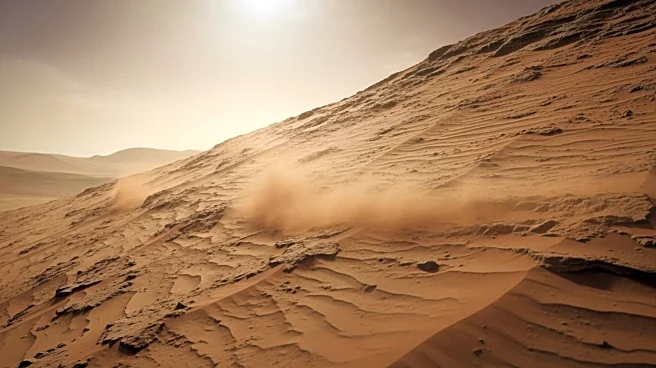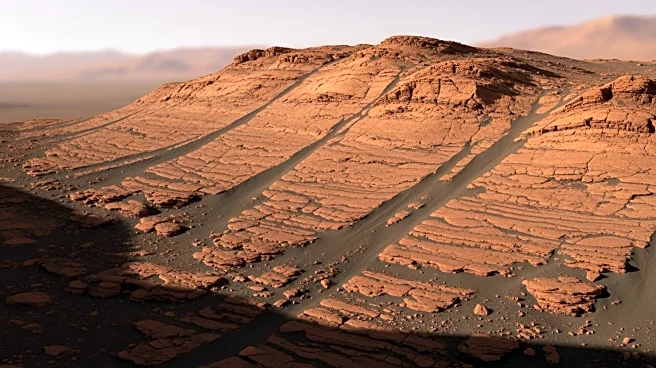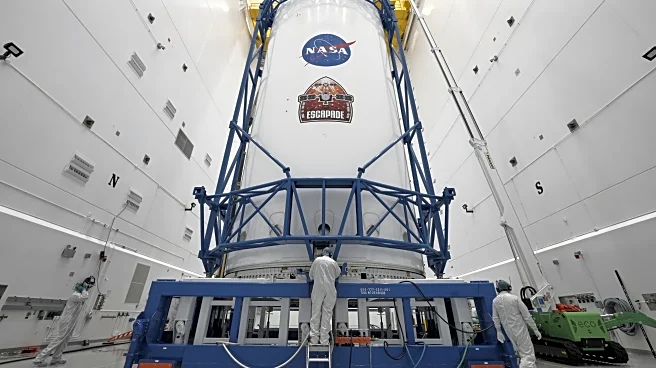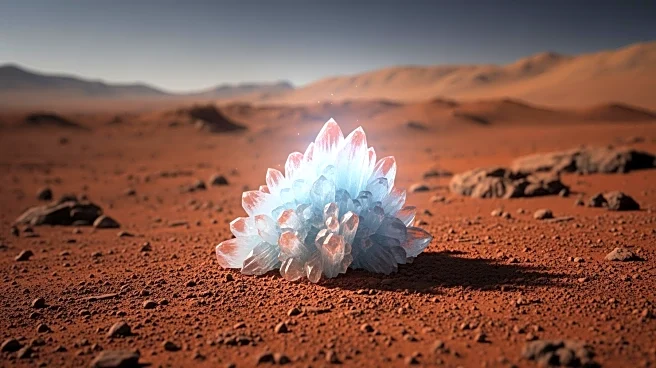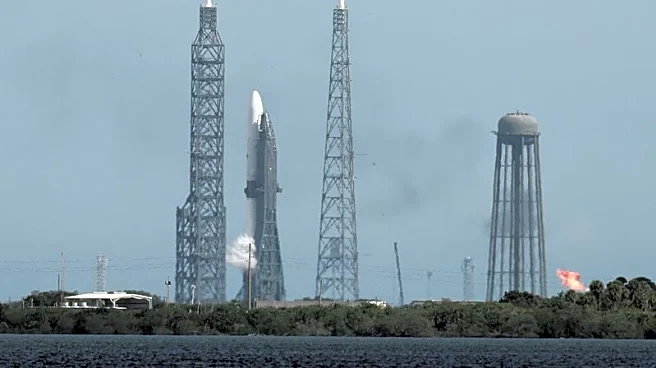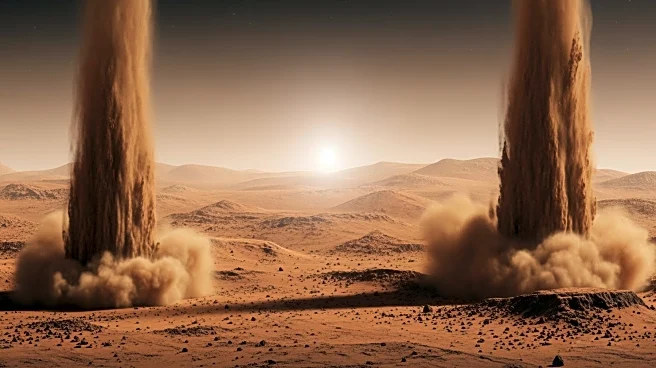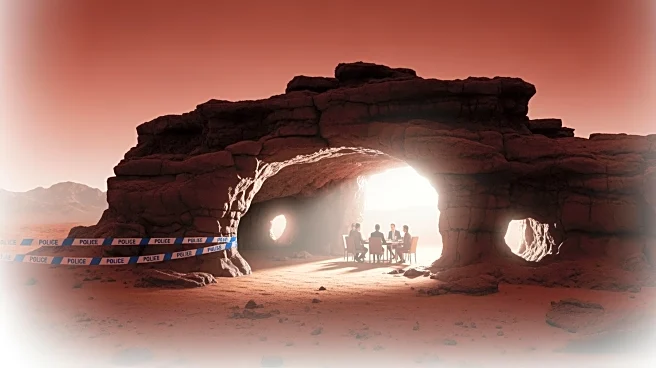What's Happening?
A recent study published in Nature Communications has provided new insights into the formation of dark slope streaks on Mars, a mystery that has puzzled scientists since the 1970s. These streaks, initially
thought to be caused by landslides from melting ice, are now understood to result from dry processes involving wind and dust erosion. The study, led by Valentin Bickel from the University of Bern, analyzed data from NASA's Mars Reconnaissance Orbiter, revealing that seasonal wind speeds and dust mobilization are the primary factors in streak formation. The research indicates that meteoroid impacts and marsquakes play a minor role, accounting for less than 0.1% of new streak formations. The findings suggest that these streaks, which cover less than 0.1% of Mars' surface, may significantly contribute to the Martian dust cycle.
Why It's Important?
Understanding the formation of slope streaks on Mars is crucial for future exploration and potential colonization efforts. These streaks are believed to be the largest contributors to atmospheric dust on Mars, which can impact the planet's climate and surface conditions. The study's findings highlight the importance of wind and dust dynamics in shaping the Martian landscape, offering insights into the planet's environmental processes. This knowledge is vital for planning future missions and establishing human colonies, as dust storms can pose significant challenges to equipment and habitats. By identifying the main drivers of streak formation, scientists can better predict and mitigate the effects of dust storms on Mars.
What's Next?
Future Mars missions may focus on further investigating the role of slope streaks in the planet's dust cycle. Understanding the annual rate of streak formation and their longevity could provide valuable data for predicting dust storm patterns. Additionally, researchers may explore the implications of these findings for human colonization, considering how dust dynamics could affect living conditions and technological operations on Mars. Continued observation and analysis of Martian surface features will be essential in developing strategies to cope with the challenges posed by the planet's unique environmental conditions.
Beyond the Headlines
The study of Martian slope streaks offers a glimpse into the complex interplay between geological and atmospheric processes on Mars. It raises questions about the planet's past climate and the potential for similar processes on other celestial bodies. The research also underscores the importance of interdisciplinary approaches in planetary science, combining data from orbiters, landers, and theoretical models to unravel longstanding mysteries. As scientists continue to explore Mars, the insights gained from studies like this one will contribute to a deeper understanding of the planet's history and its potential for supporting life.
